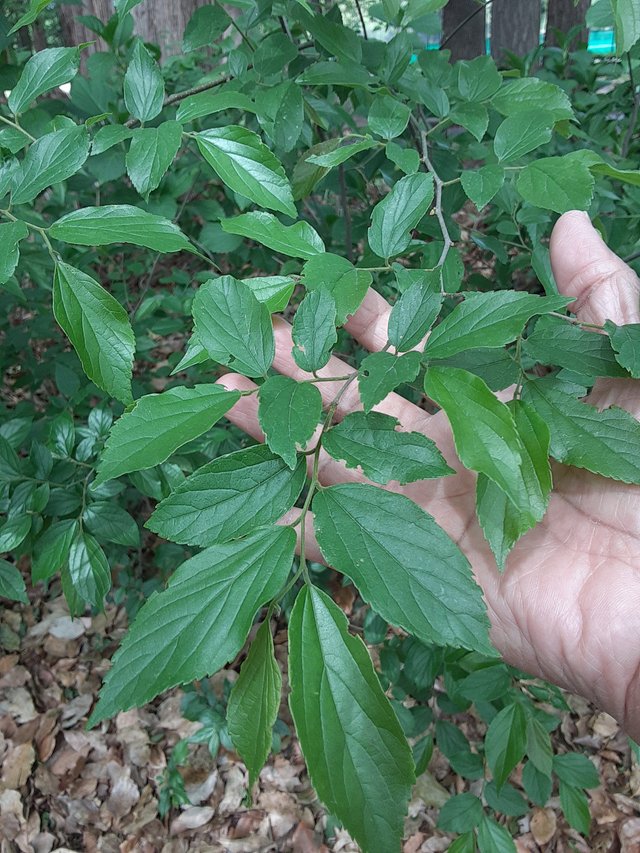
Celtis biondii, also known by the common names Chinese hackberry, lacebark elm, or Sichuan tesseltree, is a deciduous tree native to China, Taiwan, Korea, and Japan. It's a member of the Celtis genus, which includes other hackberry species like the common hackberry (Celtis occidentalis) found in North America.
The Celtis biondii is an attractive tree prized for its ornamental value in gardens and landscapes. It can grow up to 18 meters (59 feet) tall and has a moderate growth rate. The bark of the tree is initially smooth and greenish-brown, but matures to a beautiful gray with a distinctive flaking pattern that resembles lace, giving rise to one of its common names.
The leaves of Celtis biondii are another key aesthetic feature of the tree. They are:
- Ovate to narrowly elliptical: The general shape of the leaf can be described as egg-shaped, with some variation towards a narrower, elongated form.
- Size: The leaves typically range from 5 to 10 centimeters (2 to 4 inches) in length.
- Green: The leaves are a vibrant green color throughout most of the growing season.
- Deciduous: As with other deciduous trees, the leaves of Celtis biondii change color in the fall before dropping. The autumn foliage of Celtis biondii is known for turning a bright yellow color, adding another layer of beauty to the tree.
- Margin: The edges of the leaves can be smooth or have shallow serrations, particularly on the apical half (towards the tip).
Beyond aesthetics, the leaves of Celtis biondii also play an important ecological role. They provide food for herbivores like insects and caterpillars, and the tree itself can offer habitat for various birds and small animals.
Here are some additional interesting facts about Celtis biondii leaves:
- Sun tolerance: These trees are considered moderately sun-tolerant and can thrive in full sun or partial shade.
- Leaf emergence: New leaves typically emerge in the spring, following the period of dormancy.
- Leaf pubescence: Young Celtis biondii leaves may have a fine pubescence (hairy covering) on the surface, which can become less noticeable or disappear as the leaves mature.
Overall, the Celtis biondii with its beautiful lace-like bark and vibrant green leaves is a valuable addition to gardens and landscapes. Its leaves not only contribute to the ornamental appeal of the tree but also play a role in the ecosystem.
Ref.:
 |  |
Upvoted! Thank you for supporting witness @jswit.
Downvoting a post can decrease pending rewards and make it less visible. Common reasons:
Submit
@tipu curate
Downvoting a post can decrease pending rewards and make it less visible. Common reasons:
Submit